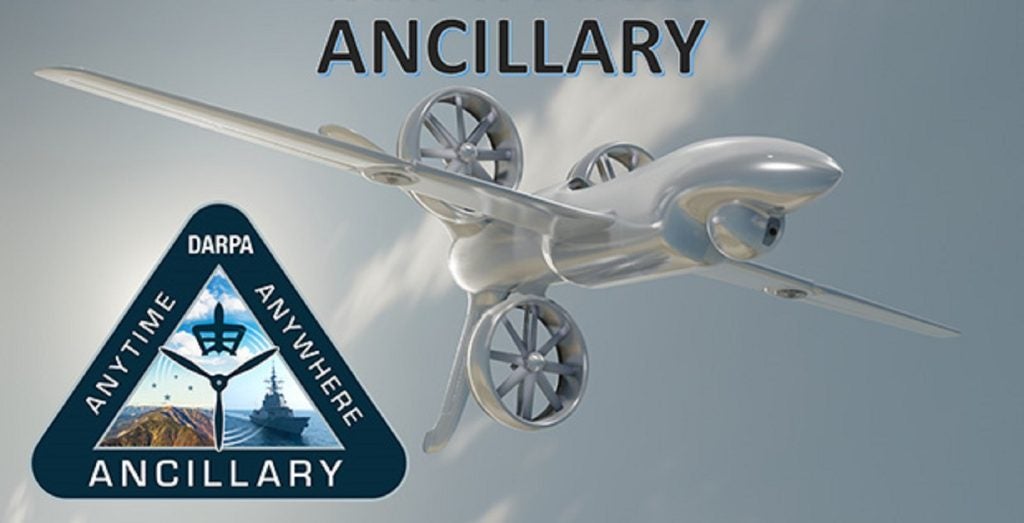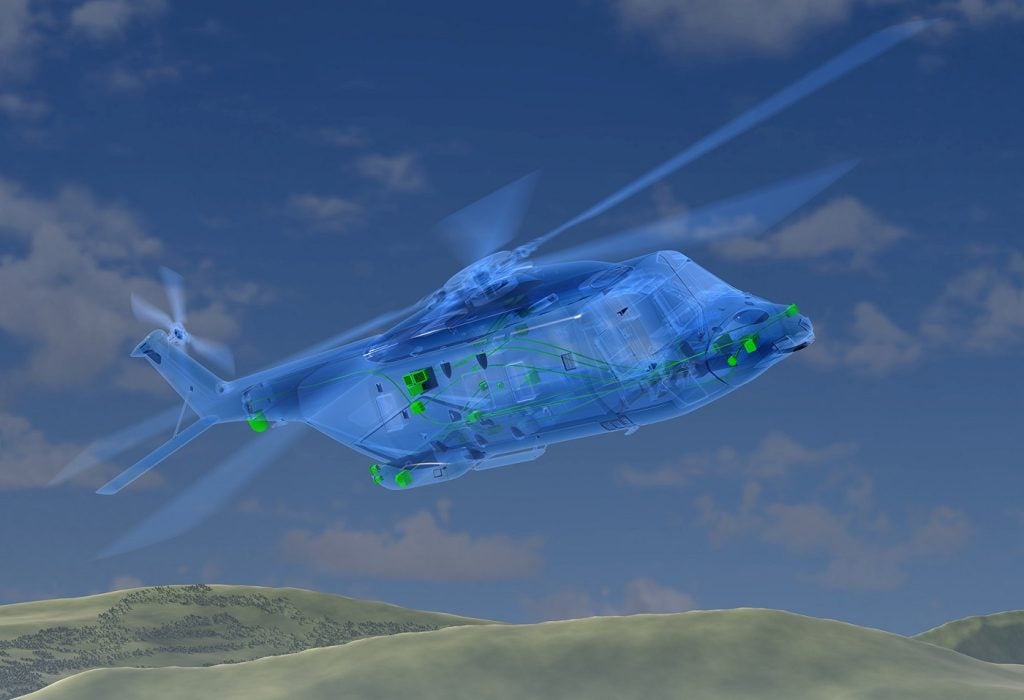The Defense Advanced Research Projects Agency (DARPA) has selected nine companies to provide design concepts for a new vertical take-off and landing (VTOL) unmanned aerial system (UAS) that can be deployed and retrieved without launchers and landing/recovery equipment.
DARPA named the project the AdvaNced airCraft Infrastructure-Less Launch And RecoverY (ANCILLARY) programme; it will require innovative aircraft configurations and critical technologies.
So far, DARPA’s VTOL experimental aircraft (X-plane) has not produced any successful results, with the agency stating that “new VTOL designs so far have been unable to increase top speed without unacceptable compromises in range, efficiency, useful payload or simplicity of design.”
Despite the inability to produce an adequate VTOL X-plane, DARPA has decided to add another challenging objective to the project with this ANCILLARY programme. On top of this mounting order, the agency expects to complete the project with X-plane flight tests in early 2026.
AeroVironment, AVX Aircraft, Griffon Aerospace, Karem Aircraft, Leidos, Method Aeronautics, Northrop Grumman, Piasecki Aircraft, and Sikorsky will develop designs, with navy and marine missions in mind.
The ANCILLARY VTOL
ANCILLARY aims to solve a combination of challenging design objectives by bringing together technology developments in advanced VTOL aircraft configurations, advanced propulsion architectures, and advanced control effectors/theory from traditional and non-traditional industry companies.
“The major challenge is developing an integrated flight vehicle that meets the hard objective of combining VTOL, long endurance, and large payload while also meeting requirements for shipboard storage and operations.
“A key element is the propulsion system, which needs to have enough power to lift the X-plane vertically while also being extremely efficient in forward flight when power needs are lower,” the programme manager for ANCILLARY, Steve Komadina, said.
The problem of government-led innovation
Not to cast doubt on the project, but these nine teams appear to be constrained in their ability to fulfil the project at initial operating capability by the end of 2026. Especially in light of the fact that the X-plane development is still running into problems, even without the ANCILLARY enhancement.
While DARPA, a research and development agency within the US Department of Defense (DoD), should be applauded for its clear requirements setting, the problem is that the DoD is known for its limited oversight of development.
The US Government Accountability Office (GAO) has invetsigated the DoD’s management of system development, and this year there have been numerous cases in which the government has mismanaged its development roadmap.
For example, last month, the GAO found that the DoD continues using a 60-year old pilot training aircraft, the T-38 Talon, whille its long-awaited simulation system has been in the making for over a decade.
Lacking the ability to competently oversee the development process has led the GAO to recommend that the DoD must conduct a risk assessment that incorporates risks of overlapping development, testing, and production phases.
It appears that history continues to repeat itself, albeit the failure was only a month ago. Despite acknowledging these recommendations, DARPA appears to be making the same mistake with the ANCILLARY VTOL X-plane.











